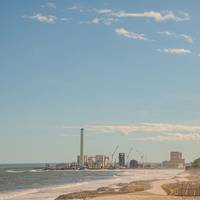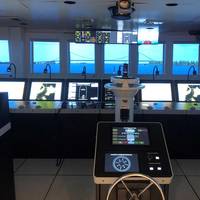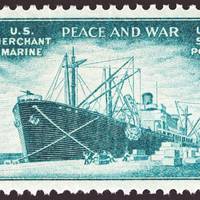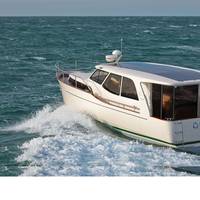Japan to Release Contaminated Water from Fukushima Nuclear Plant into Sea

Japan will release more than 1 million tonnes of contaminated water from the destroyed Fukushima nuclear station into the sea, the government said on Tuesday, a move opposed by neighbors including China, which called it "extremely irresponsible."The first release of water will take place in about two years, giving plant operator Tokyo Electric Power time to begin filtering the water to remove harmful isotopes, build infrastructure and acquire regulatory approval.Japan has argued…
USMMA: Teaching with Simulation in the Maritime Field

A great deal of research related to student learning styles has emerged in recent years. Through that research strong arguments have been made that more kinesthetic learning methods, such as hands-on or experiential learning, are more effective than more traditional methods like the lecture. In the maritime field, technology such as simulation, has provided us with tools to harness the power of experiential learning; however, those tools alone cannot ensure students are learning…
Last Port of Call for the US Merchant Marine?

The privately owned U.S.-flag foreign trading fleet, which is an essential component of U.S. sealift capability, stands on the edge of a precipice. The fleet – roughly stable in terms of cargo carrying capacity from 2000 to 2012 – has declined from 106 vessels in 2012 to 78 vessels at October 30, 2016 primarily because of a substantial decline in available U.S. Government-reserved cargo. The size of the fleet has reached a point where the viability of the U.S.-flag industry involved in foreign trade – including its trained mariners…
Return of the Electric Boat

In the 1880s it was possible to cruise your way around London by an electric ferry on the River Thames. At its height, the river carried 13 launches, each measuring 28 ft. long. They glided along at five knots and had a range of about 60 miles. Each launch carried one ton of storage batteries hidden underneath the passenger seats. Charging stations were even placed along the river so these electric launches could continue up and down unhindered. An article in Scientific American…





